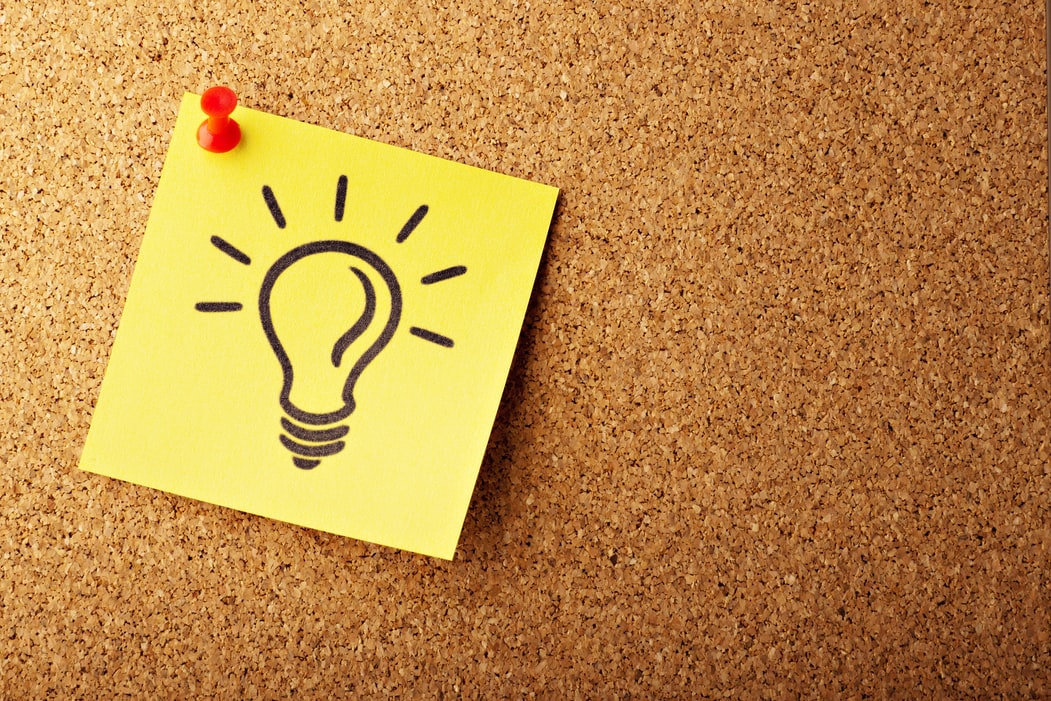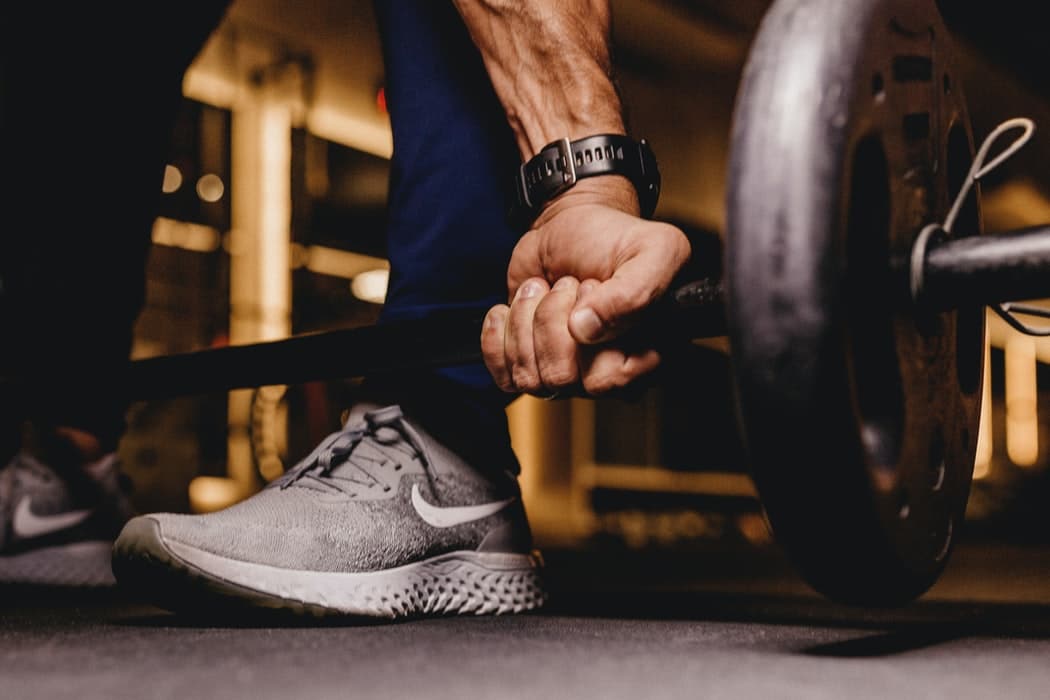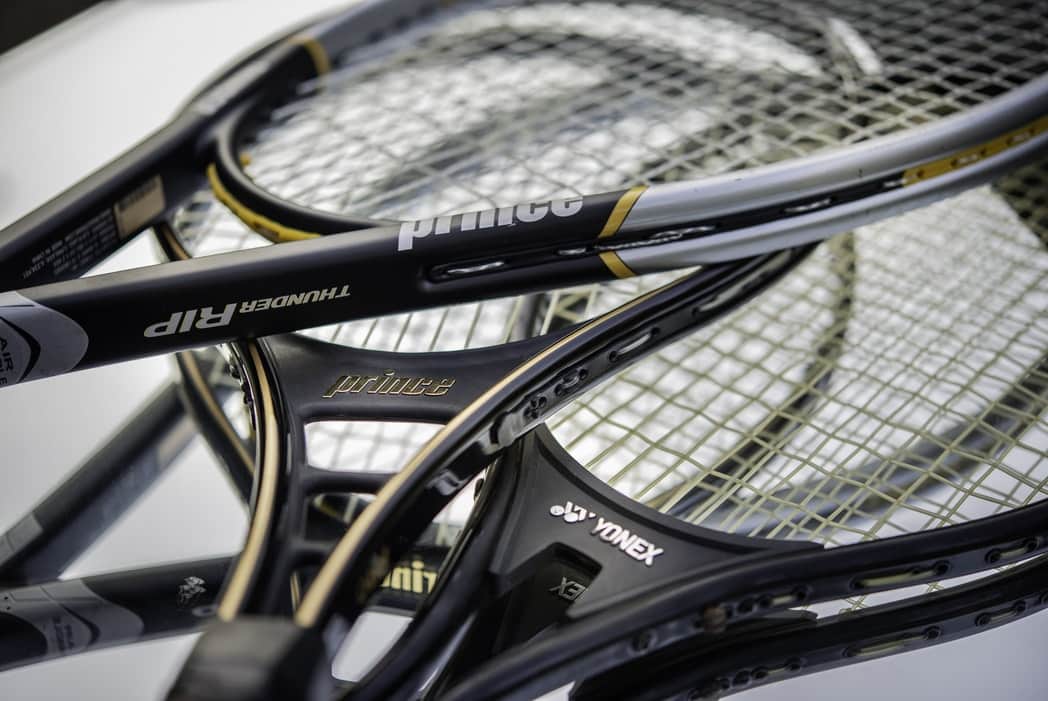The sporting goods manufacturing industry is a billion-dollar network, making it a tough market to penetrate. The global pandemic has only piqued consumer interests in new sports, predicting an even further increase in the upcoming years.
You could go at it on your own, but manufacturing sporting goods will be more efficient if you partner up with one company to help you collaborate with experts and choose the best option for your business at any stage.
It can be challenging to start a sporting goods company on your own. You’ll have to find the right factory, develop a prototype, maximize your profit margins, and develop a robust supply chain.
That’s why we’ve compiled a complete manual to help you build your sporting goods manufacturing company.

Hone Your Idea
Make sure your idea is up to the mark by conducting research and fieldwork.
1. Check Out The Competition
Sporting goods manufacturing companies range from renowned retailers like Nike, Adidas, and ASICS to rapidly rising home-owned businesses like Atom. In such a wide-ranging market, finding your niche can be tricky.
Trade magazines are a great place to start your research. Some notable ones are SGB Magazine, Sports Insight Magazine, and SGI News.
The next phase is to go to shops and analyze the promotions, products at different price points, and various categories. Take note of the advertising strategies for each product.
E-commerce is significantly more popular due to social distancing initiatives—research well-known online stores such as Amazon, Dick’s Sporting Goods, and Eastbay.
The following features are essential for a great shopping experience online, a minimalistic design, simple checkout navigation to encourage sales, and a responsive website that works well on multiple devices. Take note of online advertising campaigns, including sponsorships, sale codes, and deals.
Google Trends is another valuable tool for determining how prevalent your concept is. To begin, look for keywords such as “sporting goods” or “sports apparel.” More specific product searches help you see if your idea is trending. You may analyze how trends vary by checking keywords that were trending in different locations in the last few hours, days, months, years.

Create a Strong Framework
The development of a design is the first step in the sports goods manufacturing process. This is also the most complicated part of the procedure.
Consider it a detailed examination of the initial concept to ensure that it is feasible. When creating the perfect design, think about the following factors.
2. Increase Profit
Ensure your profits by picking a unique idea and fulfills customer demands.
Just in the United States, sales in this industry add up to 40 billion USD.
Typical products in the sporting and athletic goods industry are athletic footwear, exercise equipment, and athletic apparel.
You must ensure that your concept is:
- Safe and long-lasting
- Trendy
- Marketable
- Expandible
The first few topics are easy to figure out. If you want to make sports goods, they have to be safe, long-lasting, and easily advertised. To learn more about the challenges of developing a commercially viable concept, go to Understand Your Market, a nonprofit resource managed by the US Small Business Administration.
It’s crucial to think about growth potential.
Make sure that you can broaden your premise and create an entire line of products to garner the interest of major retailers. Using different color tones, adding unique edition products, and keeping up with seasonal trends while maintaining the same USP is a perfect way.
3. Create a Cost-effective Product
The price of a prototype is considerably higher than that of large-scale production. Various accounting techniques are essential for cost analysis and allocation. We suggest consulting our team of experts for a smooth journey, including expert operations managers and performance managers.
Depending on the type of products you make, you’ll want to contact a marketing and distribution professional from our team for estimated costs.
Contacting a marketing and distribution expert is a must when working on accessories that require specialized techniques for production. From production to distribution, you must consider the project’s total cost so that you manufacture at a reasonable rate, sell at competitive prices, and generate a profit.
The initial roll-out also decides the capital investment, as large-scale production incurs a higher cost.
4. Ensure Safety
ASTM International develops international guidelines for testing and manufacturing recreational products, including sports goods and apparel. Their website has a search bar you can use to search up specific products.
You can also get your product certified to improve credibility.
5. Get a Patent
The first step in securing a patent is to run a patent search. Patent lawyers are qualified to conduct patent searches, which entail reviewing multiple databases for existing patents on a given idea.
This step is vital to product development as companies may have patented products that aren’t yet on the shelves.
Obtaining a patent on your own is time-consuming and complex, which is why we don’t recommend it. Hiring a licensed attorney is your best option.

Who Will Be Interested In Your Product?
You must first decide the optimal gender and age group you wish to target. Your target audience’s interests and activities will help you center your advertising and branding strategies on a design that will resonate.
By identifying a core audience, you can use targeted language in advertisements and identify unmet needs. Analyze how your competition is working with a specific demographic
How To Design Your Product
Once you have a brilliant concept and a target audience, you can start designing. The steps in the list below will help you better understand the sporting goods manufacturing process.
1. Why Is Brainstorming Important?
A brainstorming session is a fantastic way to put all of your hard work to good use.
That’s when you can start working on a comprehensive business plan for the product’s development and promotion. A successful brainstorming session will get your thoughts down in writing to utilize as a reference in the production process.
It’s important to remember that when brainstorming, you should consider all aspects and create a strategy. The following list can help:
- Vision and mission – your overarching goals and what you hope to achieve
- Product – how it’s fresh, unique, and fulfills customer needs
- Place – where your product is going to be sold
- Price – competitive pricing strategies
- Promote – how you will advertise your product
2. Sketch It Out
When it comes to developing sketches, you have two choices.
You can either recruit a skilled artist or do it yourself to create sketches for the product. To make sure you don’t miss something, use the brainstorming session as a roadmap.
Consider elements such as size, color, and future design modifications.
Whether designing footwear or equipment, experiment with different styles before you find one that you want.

3. Computer-Aided Design
Once you have a tentative outline, you can begin building a 3D model. 3D developers create a virtual version of your concept using CAD (Computer-Aided Design) software. This procedure should take no more than one week.
You may use tools like Zbrush to design a 3D model, but we recommend finding a professional to help.
Begin Prototyping
Prototyping is the simplest way you can fine-tune your product before committing to mass manufacturing.
Depending on your product, 3D printing is an effective method for prototyping designs.
However, for products that need to be tested based on functionality, this approach may not be enough. That is where our team at Gembah can help you develop a polished prototype.
Decide Your Manufacturing Strategy
Depending on your needs, retailers and manufacturers are excellent choices for locating a factory for commercial manufacturing. Manufacturers give you more control over the activities, while retailers save you the trouble of dealing with complicated technical processes.
You have two options: find a retailer willing to take on the burden of producing your goods or collaborate with a manufacturing facility.
Finding a retailer is an excellent option. Partner with them to let them take over the manufacturing process in exchange for a portion of the sales.
If you find a manufacturing facility, you’ll have a lot of influence over the production and marketing strategies.
You have the option of contacting a local or foreign producer.
Local suppliers would be more expensive, but they will be easier to track. International manufacturers are less costly, but you must conduct an inspection to ensure that they are credible before partnering with them.

Supply Chain
The following steps are essential to understand the supply chain:
1. Strategizing
This stage covers everything you need to know before the start of manufacturing. You’ll need the following information:
- A comprehensive concept
- A successful prototype
- A functional deal with a factory
2. Sourcing
Consider the raw materials you’ll need and where you’ll obtain them. This process will differ depending on the specific product you have in mind.
Developing relationships with suppliers to procure your materials is crucial. Experts in project management can facilitate you to match the operational needs to what the supply market has to offer.
The cost of acquiring raw materials is critical to the product’s quality and profit margins. We advise leaving this challenging task to our experts.
3. Producing
To manufacture a product, you’ll need materials, equipment, analytics, and other industry expertise. We have experts in the area here at Gembah that can assist in this regard.
The below are some of the most critical considerations:
- Forecasting demand ahead of time
- Recognizing and improving bottlenecks in the process
- Analyzing throughput and overhead allocations
- Analyzing efficiency and evaluating results
4. Delivering
Several delivery options are available depending on your preferences. Various approaches, such as cross-docking, will improve the process based on available capacity and distribution networks.
Your choice of vendor will determine your delivery mechanism.
Wholesalers are crucial because inventory outflow is primarily dependent on them. Building solid long-term relationships and defining delivery timings and strategies can be daunting if you work independently.
Retailers are vital since they have direct customer contact. Retailers need a sizeable level of incentives to increase the product placement in their outlets or malls.
Look into the rewards offered to retailers if you want better profits and more prominent promotional shelves, as they encourage retailers to sell more products.
Consider franchising if you’re comfortable using company branding to generate revenue in return for a one-time fee and recurring royalties.
Manufacturers don’t have to worry about transportation logistics or the expense of managing shipping personnel and supplies if you work with a distributor, as they’ll procure and deliver goods from manufacturers to retailers or other destinations.
5. Analysing Customer Behaviour
The customer is the last component of the system. Conduct a detailed evaluation to determine the rate, promote sales, product placement, and adapt to customer requirements. A comprehensive analysis of consumer behavior, a thorough examination of CRM data, and other factors should guide each step.
You must have a policy in place for defective products or consumer returns. That would make your company more credible and improve customer satisfaction.
Set Up Your Sporting Goods Company
The sheer amount of expertise necessary for starting production can be overwhelming. That is where our team at Gembah can make your journey easier. We’ll help you:
- Streamline the process from beginning to end by helping you pick the best option
- Give you a supportive network of professionals to take your design to the next level.
- Find the best factory for commercial manufacturing
- Keep track of the manufacturing process and keep you in the loop
- Avoid novice mistakes such as setting a vague end-goal
- Find high-quality raw materials to ensure the best possible product
- Prevent excess expenditures and boost profits
- Conduct competitive market analysis to give you that extra edge
- Deliver great products on time to keep the consumer happy
- Create a product that you’ll be proud to put your name on
If you’re ready to start manufacturing sporting goods, contact us today and get started.



